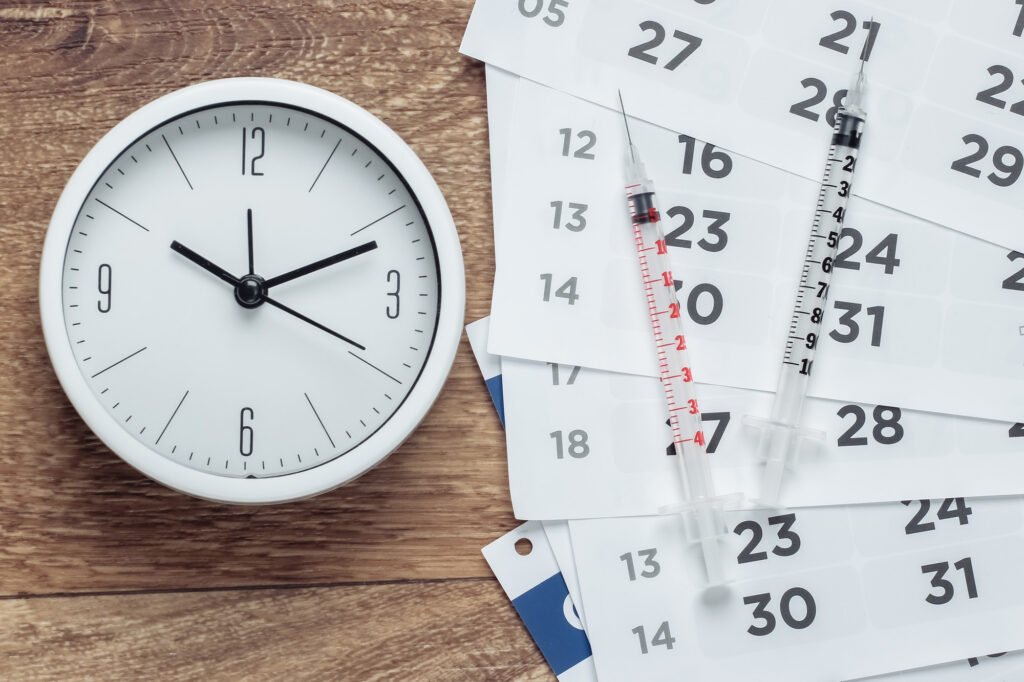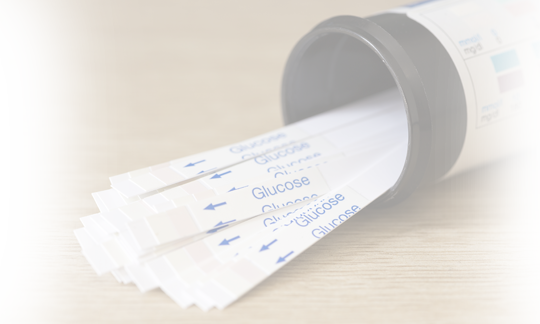
2 September 2021
A Bit About Diabetics Insulin
Maintenance of exercise is quite tricky and frustrating for blood glucose during exercise management for people with diabetes. It is essential to adhere to accurate recommendations and precautions following individual characteristics and health status.
Steady-state VS Short-Burst Cardio
Walking or jogging is regarded in the form of a “steady-state”. It means your heart would be pumping steadily and you are probably supposed to experience low blood sugar. Generally, most people emphasize mitigating the risk of low blood sugar while practicing steady-state exercise. If you are one of them not able to control your insulin dose or intake of carbohydrates, you are supposed to burn out glucose for fuel and enhance your chance of low blood sugar.
Though, you probably have noticed that going with steady-state cardio strategies will truly make your blood sugars skyrocket if you make yourself indulge in short-burst intense cardio exercises such as high-intensity intervals, sprints, and Bootcamp oriented classes.
Different Strategies
It is important to mention that you probably require a different insulin dosing strategy in the context of short-burst intense cardio exercise in comparison to you getting indulged in steady-state cardio. Here, we are going to give you a hint on what strategies would probably work and how you may get it customized then to your body.
Intense cardio impact on BG during exercise
Well, the fact cannot be ignored that our bodies are complex machines. When you do exercise, different types of glucose-raising hormones get released into your system. The motto of being released is making our muscles perform so that we can have enough energy to accomplish the workout. Type 1 Diabetic patients can experience a sudden spike in blood sugar if they perform intense cardio exercise. It happens since the body is tending to release a glucose-raising hormone called adrenaline or glucagon. It can also tend to leave hormones that make you more insulin resistant all of a sudden when you are done with your workout. According to studies, blood sugar can be increased for up to 2 hours once you are done with intense exercise. Therefore, you should go with diabetics supplies to check your blood sugar more often and understand your body.
Intense cardio impact on BG after exercise
You probably have noticed that your blood sugar increases during intense cardio exercise. Moreover, this sort of exercise is also known for having the potential in the context of improving insulin sensitivity more importantly for twenty-four to forty-eight after you accomplish exercising.
Here, it needs to be mentioned that if your insulin sensitivity goes up then it can also increase the risk of late-onset hypoglycemia since your body is still in the process of recovering as well as replenishing the glucose. It is also known for storing muscle tissue once you are done with the workout.
Late Afternoon or Evening Exercise has a higher risk
Have you been contemplating exercising in the evening or afternoon, it means you probably are having a higher risk of low blood sugar during your sleep. You need to figure out an excellent way to adjust your insulin doses or carb intake before going to bed.
Managing your blood sugar before and after intense cardio exercise
You need to work on developing a profound understanding of how intense cardio can put an impact on your blood sugar before exercise and post-exercise. It will help you to do exercise easily and safely.
You need to learn how you could be proactive as well as plain wisely prior, during, and post-workout.
You need to understand the ideal way to manage 4 variables that could have an impact on your blood sugar called carbohydrates, timing, insulin dosing, and type and duration of cardio exercise you do.
Guidelines for insulin dosing and timing before intense cardio exercise
Generally, it is considered ideal that people with Type 1 diabetes should aim to maintain blood sugar of 7-10 mmoI/L before exercise. If you get indulged in intense cardio exercise, it may increase your blood sugar. Therefore, a lower starting blood sugar is ideal to not to accomplish with blood sugar which goes out of control. Any sort of exercise you do can truly bring your blood sugar down.
Finding your Dosing Strategy
You may go with a specific type of exercise that you would truly love to do that can raise your blood sugar. Moreover, it would be ideal to consider another specific variable as well. You need to be aware of the fact that how much insulin intake you already hold from a specific meal or correction to lump high blood sugar.
To keep you safe from a blood sugar spike while having intense cardio, you should go with a small dose of insulin before getting indulged in any exercise. You should go with a precaution that you need to take while injecting insulin to keep yourself safe from high blood sugars while or after getting done with intense cardio exercise as we know that exercise enhances insulin sensitivity.
You should be careful when you kick off experimenting with this sort of approach. You need a small amount of extra insulin in comparison to your requirements which can easily lead toward dangerous as well as fatal low blood sugar while doing exercise.
If you go with accurate blood sugar having more insulin, it would be ideal to take a significantly mitigated dose.
Guidelines for insulin dosing and timing after intense cardio exercise
To prevent low blood sugar post-exercise, you need to analyze exercise and blood sugar logs. If you experience a drop, then you may follow these below-mentioned strategies
- You should mitigate your basal insulin before the expected low. Moreover, some guidelines also suggest an almost twenty percent reduction.
- You should mitigate the mealtime bolus in case if the low blood sugar is done after consuming a meal.
- You should eat a slow-digesting snack. You may add apples with peanut butter, veggies, etc. They are helpful.
Adapting these insulin adjustment guidelines to you
You may follow the above-mentioned guidelines to make your insulin accurately adjusted. Well, one needs to keep in mind that everyone’s body is different. You would require putting some more effort into learning how exactly it works. You need to adjust your insulin accordingly to go with your body’s needs as well as the types of exercise you find the most convenient.
You should keep in mind the insulin adjustment guidelines in case you want to do intense cardio exercise.You need to learn how blood sugar reacts by keeping a discreet exercise as well as a blood sugar log. You need to apply an analytic mindset and go with that. You need to follow an analytic mindset. It would be better to make incremental changes in the context of your insulin dosage timings following the grabbed information in your log. You may also consult with your doctor as well.
Conclusion
We hope that the above-mentioned information has helped you to understand in a better way than how you need to control your insulin dosage pre and post-intense cardio exercise.
If you have extra strips then you may sell diabetics test strips online to help people who cannot afford them. The entire process is online and simple as well.
Popular Post
A Bit About Diabetics Insulin Maintenance of exerc...
Smart people believe in making smart decisions. Th...
People with Type-1 diabetes need to stay more phys...
Archives
- December 2021 (3)
- November 2021 (1)
- September 2021 (2)
- August 2021 (5)
- July 2021 (2)
- September 2020 (3)





